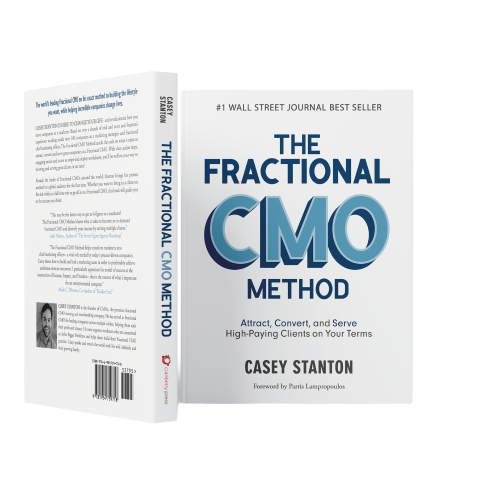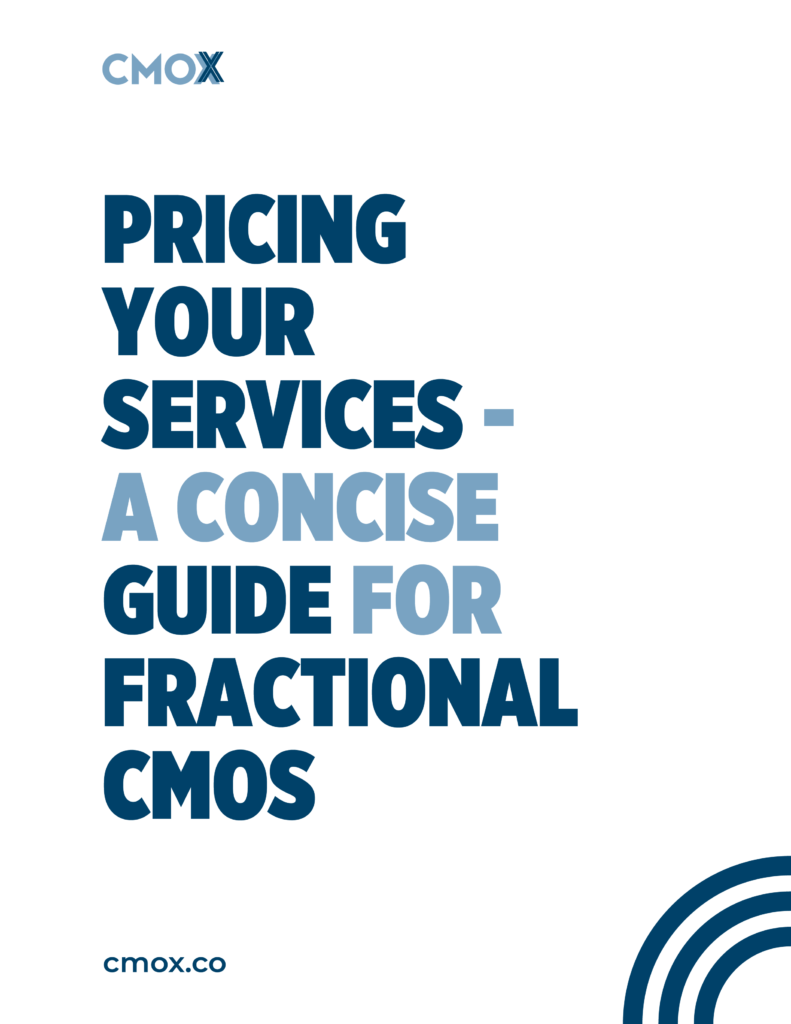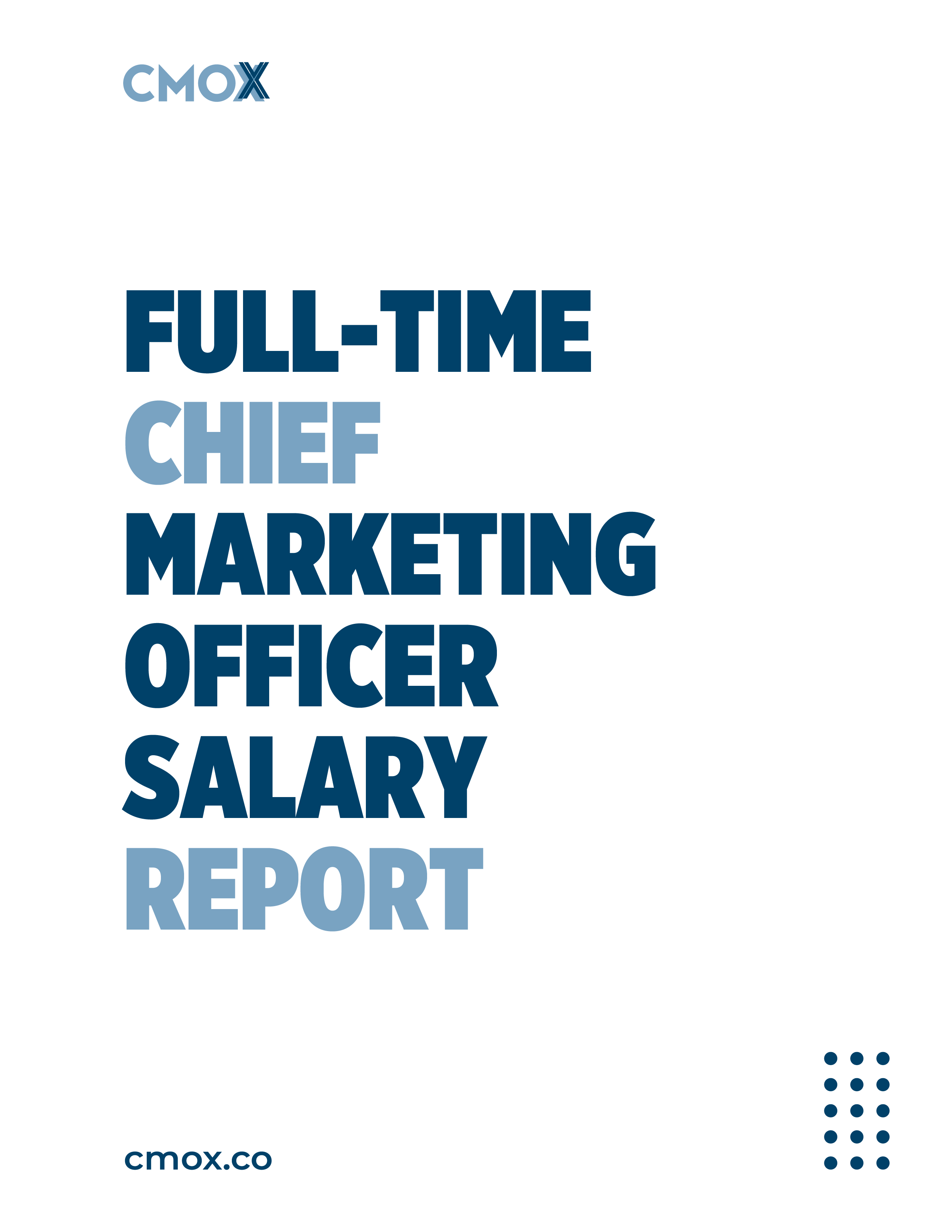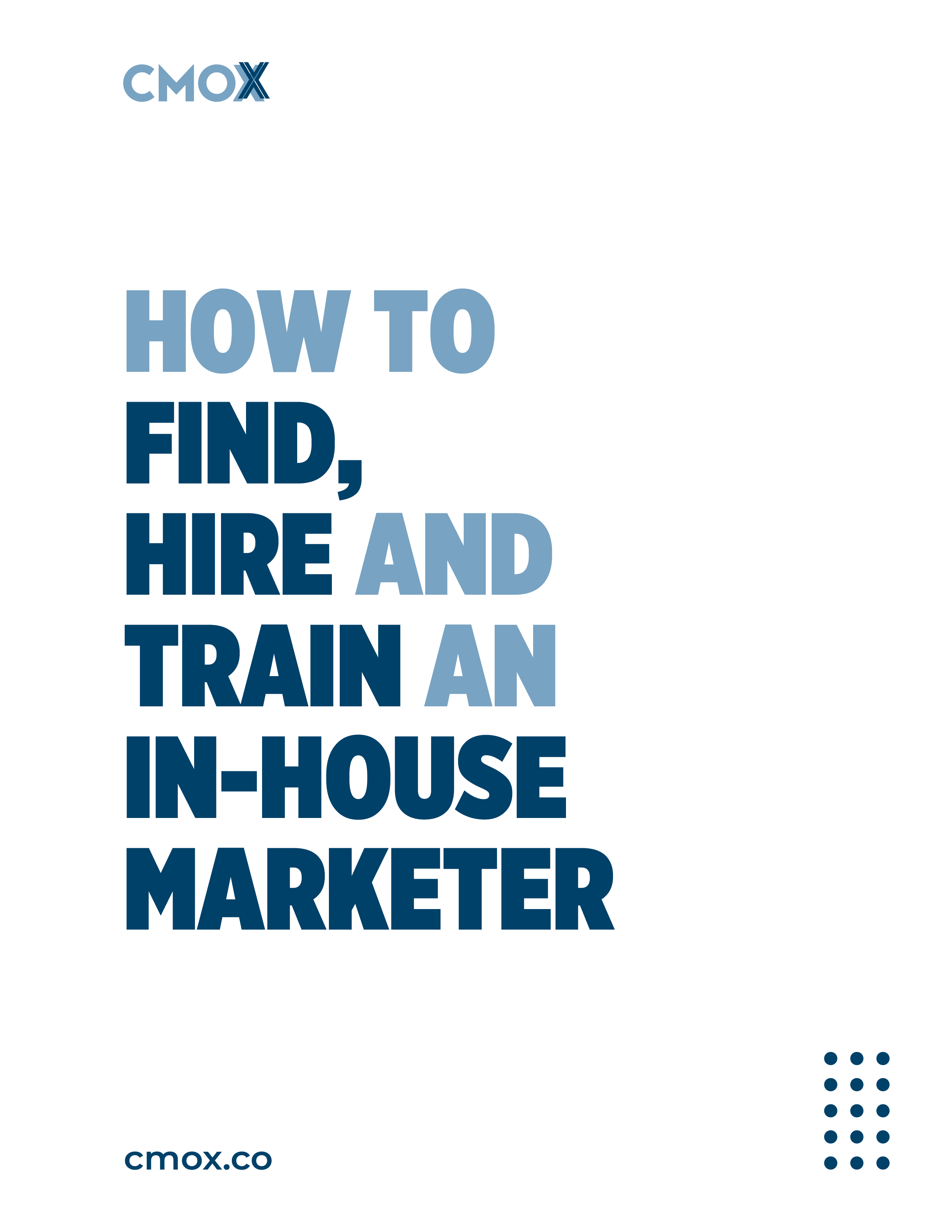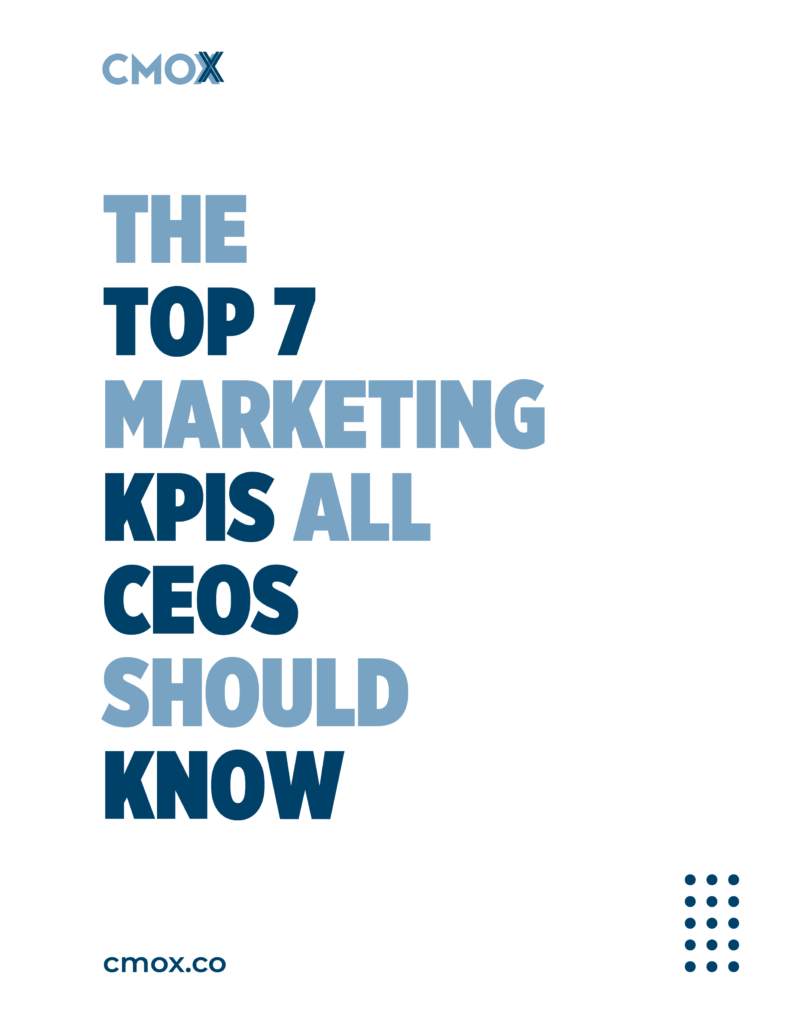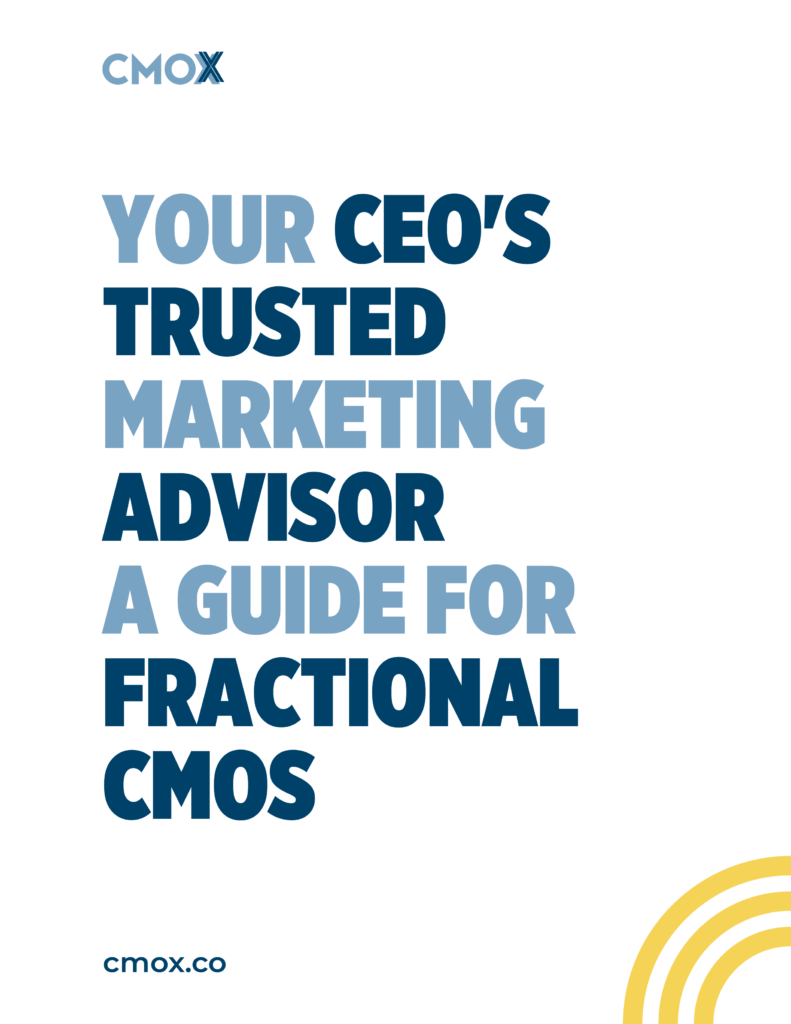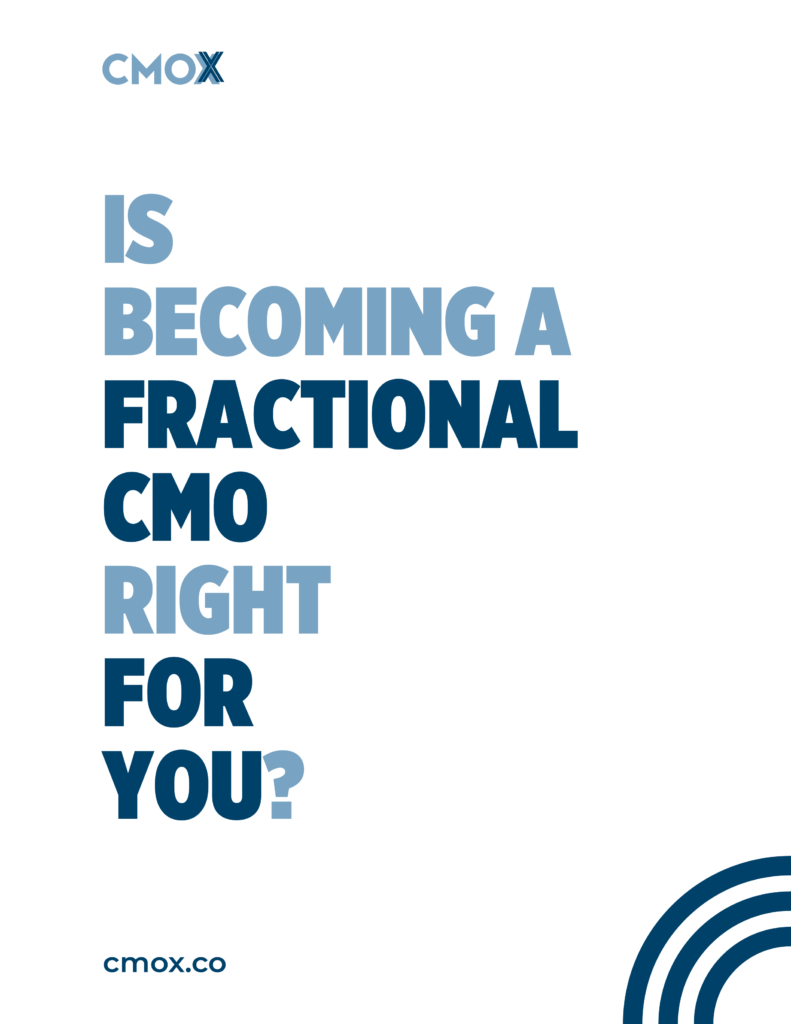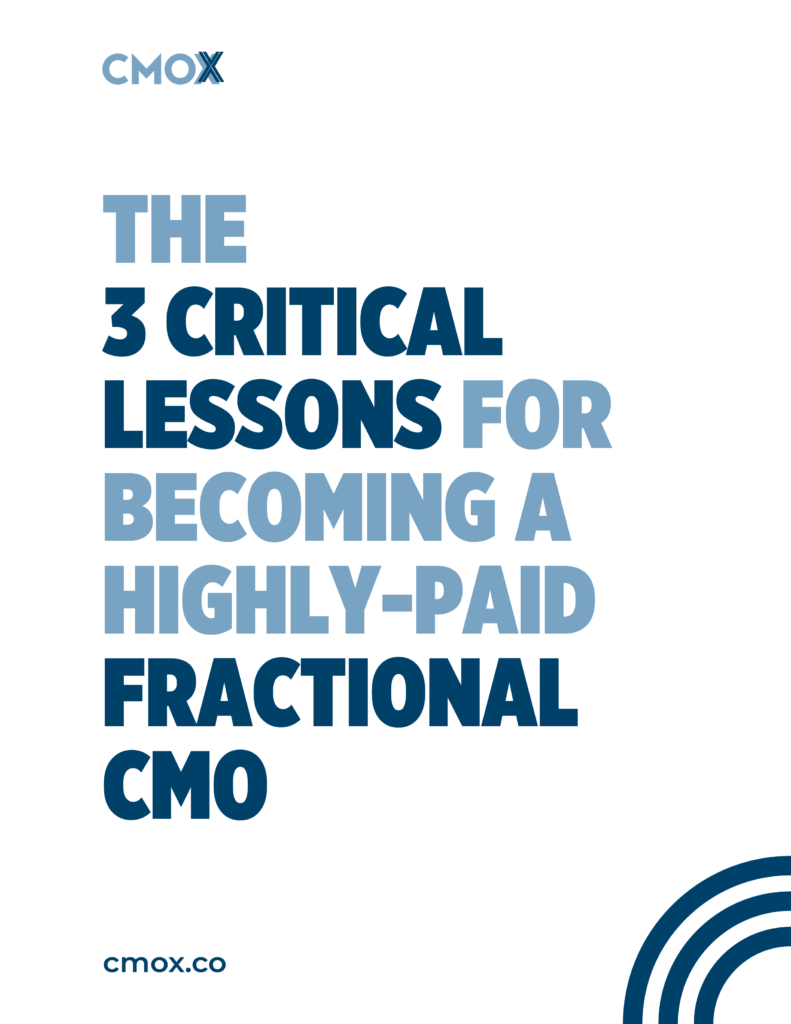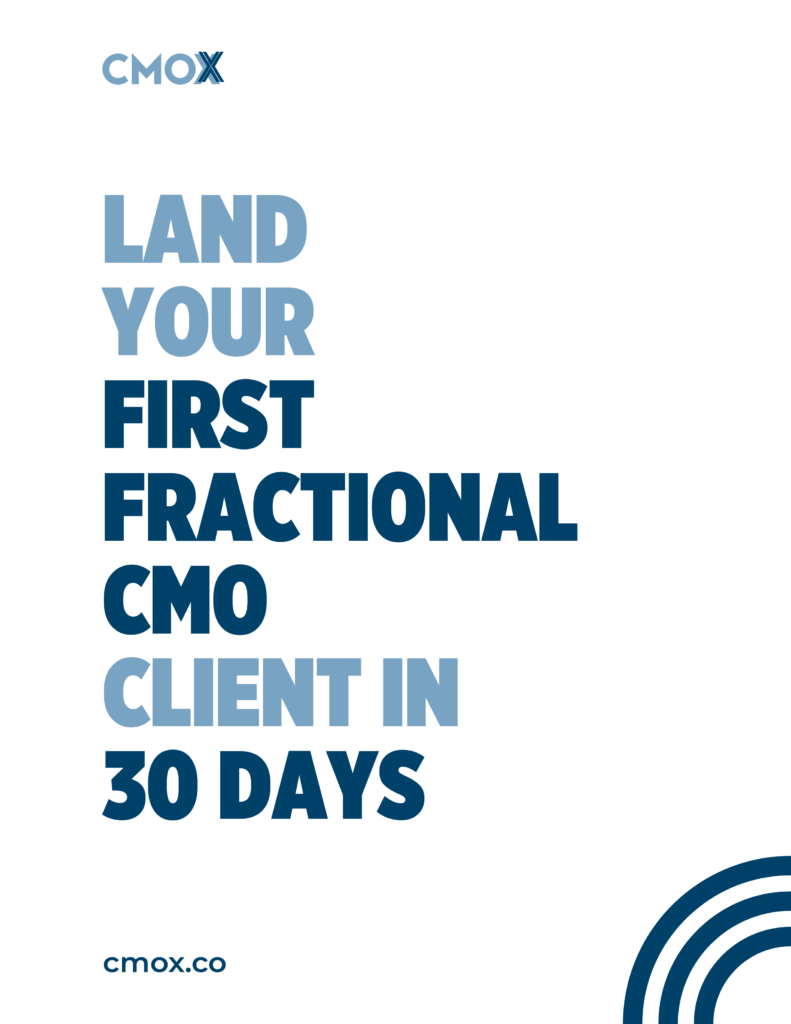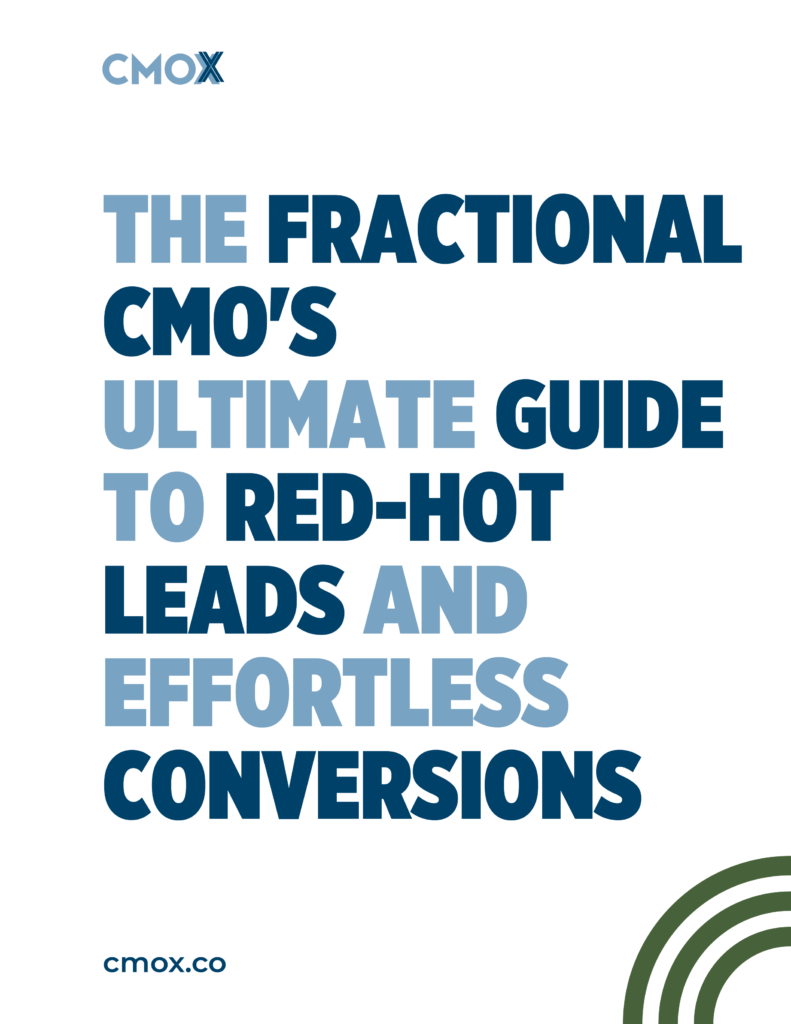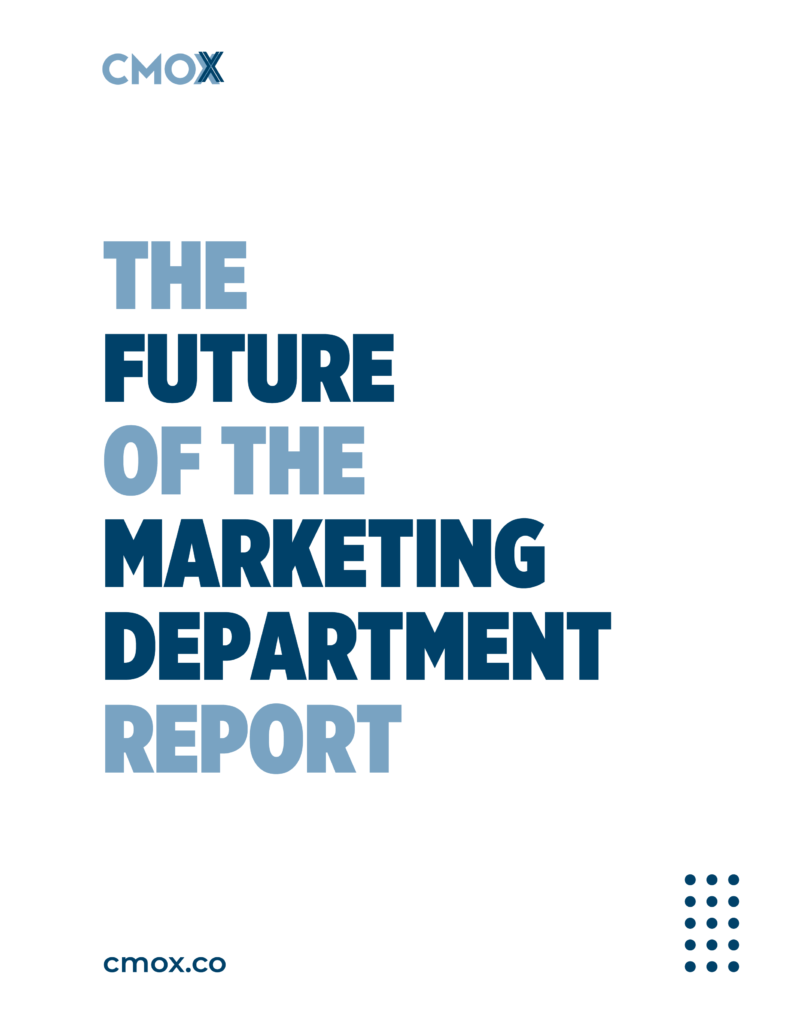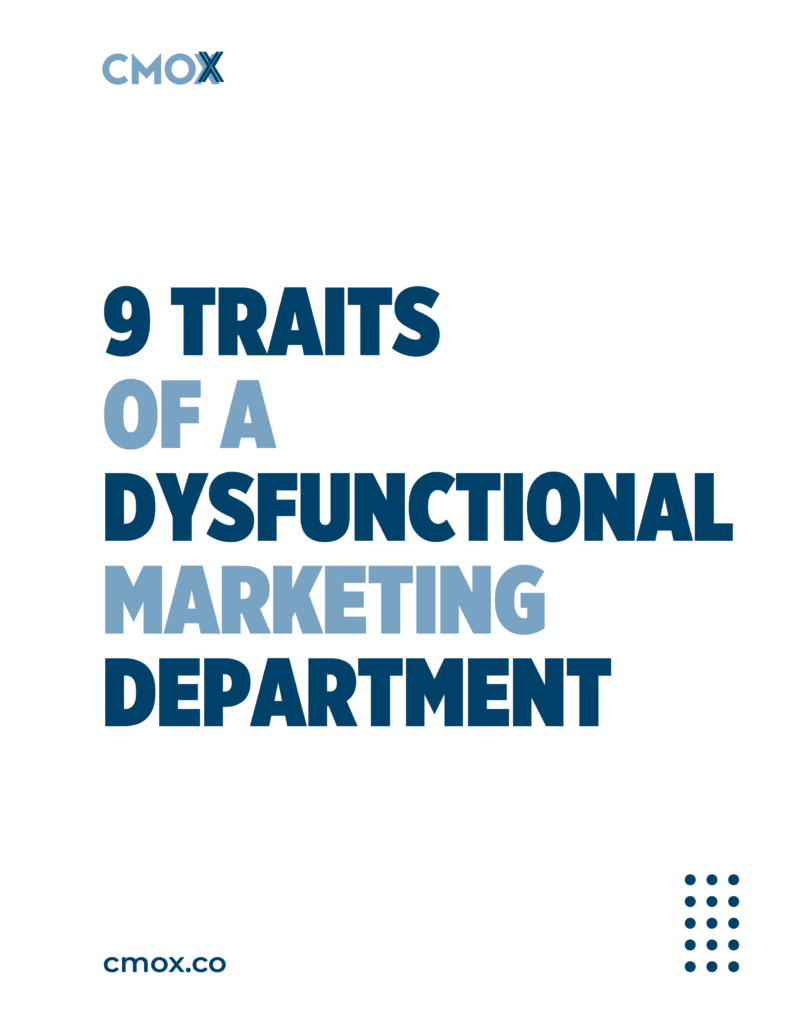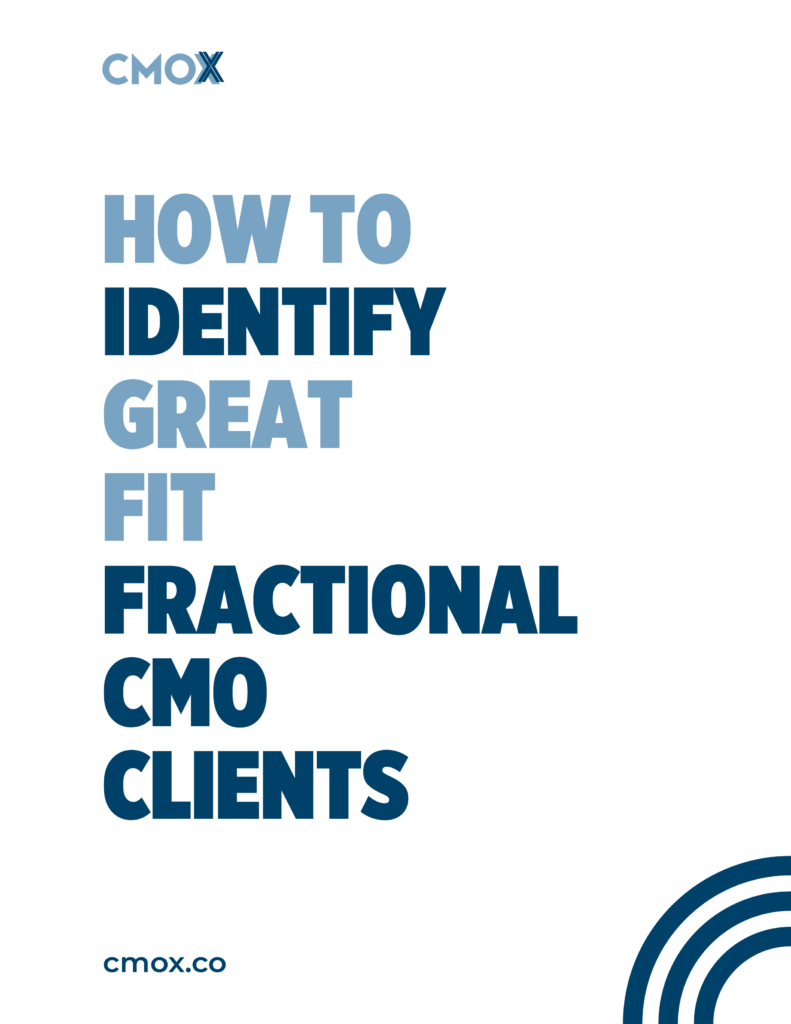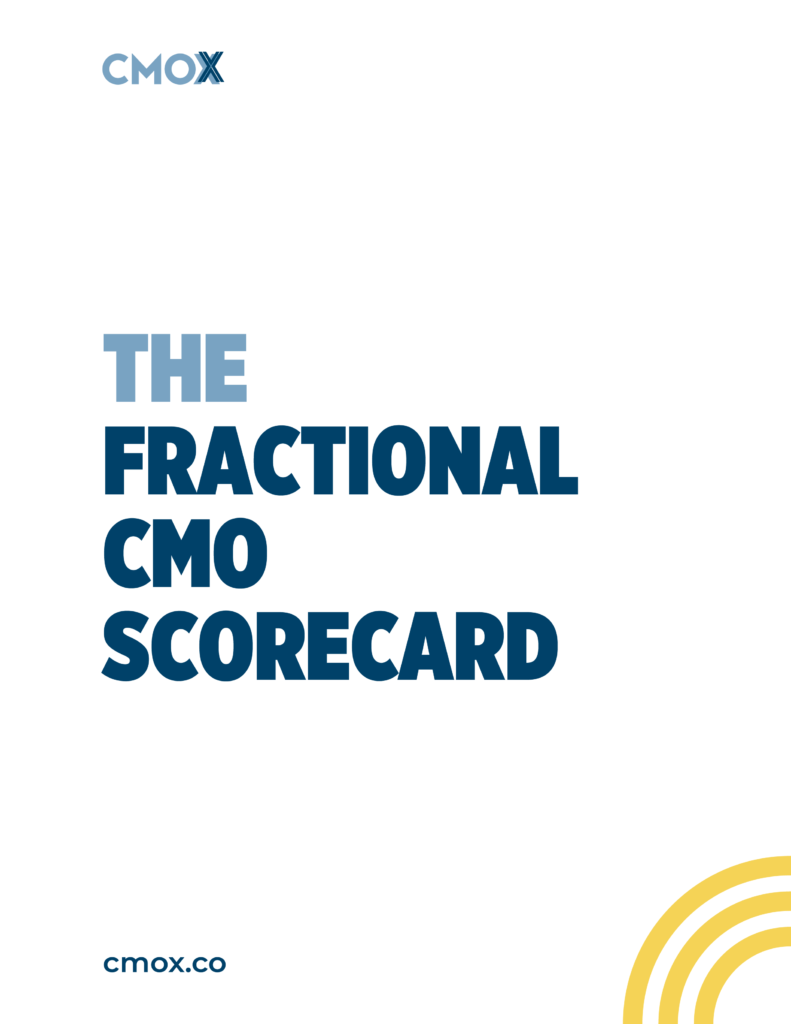How Businesses Use Agile Marketing & Agile Quarterly Planning

Casey Slaughter Stanton
Founder and CEO
CMOx, The Fractional CMO Company
“Agile” is a term that seems to be getting used more frequently in the marketing world. Agile marketing comes with many benefits for businesses looking to achieve long- and short-term goals while having the flexibility to adjust to changing landscapes. Additionally, agile quarterly planning can help maintain your company’s flexibility while breaking down annual goals into easier-to-digest quarterly tasks.
This guide helps business owners understand agile marketing and agile quarterly planning and how to apply these concepts to achieve company objectives. We’ll break down what it takes for your team to become agile marketers, apply these principles, and implement agile quarterly planning to drive your business’s growth.
Key Takeaways
- Agile marketing is the process of assigning and completing tasks in short sprints so your team can adjust to changes in strategy.
- Applying agile marketing to your business involves planning from your marketing department head and regular, short-term follow ups.
- Agile quarterly planning is the idea of taking agile concepts and applying them to your quarterly planning sessions and tasks
What is Agile Marketing?
First, let’s discuss what agile marketing is not. You’re not running an agile marketing department if:
- you have more marketing priorities than you have resources to achieve the desired outcomes.
- you’re unable to deliver valuable results with your marketing campaigns.
- you lack an overarching marketing strategy
- there are no owners of projects and outcomes
- you change your priorities midweek regularly, you’re not agile.
Agile is a term that comes from the software development world, describing a methodology for identifying work to be done, tasking it and seeing that the work gets accomplished while having the flexibility to adjust to changes as they arise. Agile marketing uses a similar methodology but, of course, focuses on marketing tasks and strategies.
It’s pretty simple.
But, how does that happen?
Applying agile methodologies to marketing is relatively new nomenclature even though the strategy has existed for many years.
I feel like “agile marketing” or “agile methods” is kind of like the new word to use. It’s getting thrown around in the lexicon. But it’s not necessarily new. It’s just a different approach to your marketing department and efforts.
Focus and energy is finite.
In order to avoid diluted efforts, ensure that your team’s energy is focussed in order to reach milestones and goals.
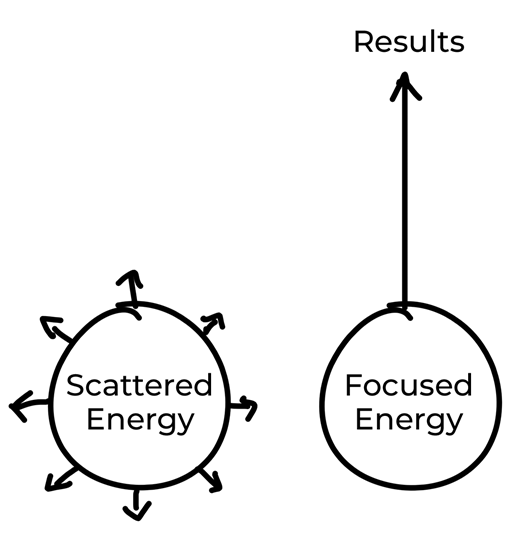
Most organizations are on the left here, which is they’ve got talent, they’ve got resources, but they’re doing too many things through traditional marketing initiatives.
And as a result, they’ve got a scattered focus. And they don’t deliver the results that they need.
What we’re going to talk about is on the right hand side of this, transforming marketing teams into having focused energy, and focusing-in enough to get to the result that is important to you.
How can I apply Agile Marketing to my business?
To apply Agile Marketing to your business, you need to implement these tools:
A sprint is a set interval for work to be completed within.
Sprint’s should be the same length like one week, two week, three week or four weeks long, and they shouldn’t change after they start.
You may have a de facto sprint length in your organization when you say things like “I want this work done by Friday.” That might be how you typically task inside of your organization. Or you might say “let’s deliver this project by the end of the month”.
Your sprint length maybe every week or every month or some variation thereof. The problem is that they’re not codified in length and as a result, the team leader can’t plan their deliverables in a certain time.
Sprint lengths and objectives shouldn’t change after they start.
This can be particularly hard for entrepreneurs, to have their whole team stay the course on tasks for a 2-week period or longer. The entrepreneur may want to change direction due to a change in the market, or a gut feeling.
To have the highest potential for success (and to reduce the time lost in context switching), team sprint outcomes should not change after they start.
A “scrum” or “SCRUM” is a term that comes from rugby, describing a huddle. In agile methodology, a SCRUM is a stand-up meeting no more than 15 minutes in length, where the team shares:
- What did you do yesterday?
- What are you doing today?
- Are you stuck or blocked on anything?
These stand-up meetings started as literal stand-ups, where developers would stand up from their desk and do a quick check-in with each other.
The SCRUM accomplishes 3 important things:
- The individual must be prepared to discuss what they’re doing today and must defend the tasks they intend to do as being of priority
- Any blockers can get unblocked with a “hey, can I get you for 2 mins… I’m stuck on XYZ”
- The manager knows the team’s status and can ensure the priorities are being communially executed
There exists automated SCRUM software for Slack, which can prompt a remote team to check-in with the 3 SCRUM questions at the same time.
Most businesses fail to plan or identify quarterly outcomes, and specifically, marketing departments rarely have measurable outcomes for each quarter.
The question that must be answered is “What outcomes must we have by the end of the quarter in order to be on track for our growth goals?”
And these need to be simple. A smart quarterly outcome should be a single sentence, or a single quantifiable metric.
Poor marketing quarterly outcomes:
- Increase leads
- Send the newsletter
- Attend the big trade shows
Measurable marketing quarterly outcomes:
- Drive 1500 new leads by the end of the quarter
- Send 3 newsletters with a minimum 16% open rate
- Collect 150 new leads at the big trade show.
There exists automated SCRUM software for Slack, which can prompt a remote team to check-in with the 3 SCRUM questions at the same time.
Not only should the marketing department have measurable outcomes for the quarter, so should each individual. When an individual knows which outcomes they’re responsible for, they have a sense of confidence and completion when the outcomes are met.
This also allows for easier management of marketing team members. It can be very cut-and-dry during quarterly marketing reviews: Did the team member achieve their quarterly outcomes on-time?
The majority of these quarterly outcomes should be measured with key performance indicators or OKRs.
By having a dashboard that the marketing team and management can review on a weekly basis, the marketing team knows if they’re on track for their goal.
Never again will you have to worry about a team member expending significant effort without having their eye on the outcome needed for business growth!
Number of new leads, sales, the ROI or ROAS by channel, and the completion rate of sprint and quarterly outcomes are great KPIs to start tracking.
To get the focus needed to drive the quarterly outcomes, there must be weekly meetings to dive into the individual tasks and KPIs. This is a more in-depth meeting than the morning SCRUMs. An efficient weekly all-hands marketing meeting should last 45-75 minutes.
There are two types of weekly marketing meetings (assuming a 2-week sprint length)
Sprint Planning – During this meeting type, the team identifies the tasks that need to be completed in the next 2 weeks. The sprint is planned, the team is tasked, and everyone knows what is expected of them for the next two weeks.
Sprint Review – One week after the Sprint Planning meeting, the team will get back together and review their status half-way through the 2-week sprint. This is where management ensures the team is on track to deliver the sprint outcomes and provide support. These meetings may be shorter than Sprint Planning, unless there are blockers that require more discussion.
It is the marketing leader’s job to keep everyone focused on the KPIs, outcomes and big picture. Where necessary, dive into details, but generally keep everyone focused on the big picture.
Video: A quick guide to Agile Marketing from our friends at MOZ.com
The key benefits of agile marketing methodology for small and large organizations provide-
1. Predictable outcomes
Perhaps the most valuable outcome of an agile marketing framework is the ability to deploy campaigns and outcomes predictably. Without agile marketing, it’s difficult to plan the team’s time.
With an agile marketing implementation, the team learns what they can accomplish during sprint planning and work ardently towards those outcomes.
2. Team cohesion
The nature of agile marketing teams is to provide adequate meetings and encourage collaboration, without being excessive.
A daily 15-minute SCRUM and a weekly all-hands marketing meeting are often enough meetings for a team. The rest of their time can be spent wrenching on the problem, building the campaign, or optimizing and testing.
3. Confidence in leadership and team members
When an agile team member knows exactly what’s required of them, and how they fit into the big picture of the marketing outcomes, they feel confident. They know when they’ve done a great job. This individual confidence leads to greater satisfaction by the team members and a happier overall team.
How is Agile Marketing being used today?
Agile marketing has become a popular methodology for modern marketing teams. It applies agile principles used in software development to adaptively plan and execute marketing programs. Agile marketing provides more flexibility compared to traditional, linear marketing approaches.
Key tenets of agile marketing include breaking initiatives into small batches, extensive collaboration across multiple teams, continuous delivery and improvement, and transparency. This iterative way of working allows brands to respond faster to customer needs and market changes compared to waterfall marketing models.
What is Agile Quarterly Planning?
Quarterly planning, or “big room planning,” is a planning tool marketing teams use to set overarching goals, strategies, and schedules in three-month cycles. Agile quarterly planning takes the ideas of agile marketing and applies them to the quarterly planning process; establishing quarterly objectives as they align with annual & long-term company goals while maintaining flexibility to adjust marketing tactics to changes.
This iterative process provides high-level direction while still allowing flexibility in execution. An agile quarterly planning meeting lays out priority initiatives, key results, budgets, and measurements for the upcoming period. It acts as a quarterly roadmap while leaving room to adapt based on changing needs once the quarter is underway. Short sprints and iterations happen within each quarter.
How Agile Quarterly Planning Works in an Agile Marketing Environment
Agile quarterly planning enables focus on broader marketing strategies while empowering teams to develop solutions. Leadership defines the long-term vision and direction for the next quarter during planning in an agile marketing environment. Cross-functional teams then work in sprints using agile frameworks like Scrum to execute on priorities. There is autonomy in achieving quarterly goals based on the latest learnings – long-term planning cycles sync teams in the agile marketing process.
6 Steps in the Agile Quarterly Planning Process
Follow these recommended steps to execute an effective agile quarterly planning session:
1. Clearly Define the Goals for the Upcoming Quarter
Kicking off planning, the marketing team aligns on one to three major business goals to accomplish in the coming quarter. These should tie directly to business objectives focusing on driving revenue, customer acquisition, brand building, etc. Pull in new market data, market trends, and insights from sales, product teams, and leadership to inform these goals you’re setting for this period. Draft an inspiring but attainable mission statement for the entire quarter to ensure all teams make progress in the same direction. Share goals across the organization for transparency and alignment.
2. Break Down Tasks to Achieve These Goals in Order of Importance
Next, break down each goal into measurable and specific objectives and actionable tasks needed to hit them. Outline KPIs (key performance indicators) to track for each goal. Prioritize tasks based on potential impact, resources required, dependencies, and timing. Categorize tasks by difficulty to tackle more complex items first. Leave room for unknowns and additional needs once the quarter is underway.
3. Develop a Schedule to Achieve These Tasks
With priorities defined, map out a high-level timeline for the entire quarter. Schedule key tasks and milestones on a shared calendar for all relevant teams. Block out meetings and time for agile marketing exercises like standups, demos, and retrospectives. Build in target delivery dates for initiatives based on dependencies and resources. Schedule flexibility is key – the plan will undoubtedly change, so leave gaps for reprioritization when new opportunities arise.
4. Regularly Track Progress of Tasks & Goals
Once the quarter begins, frequently monitor and assess progress against goals and scheduled tasks. Start each week with a standup for teams to share updates. Review metrics dashboards regularly to catch lags early. Correct the course throughout the quarter by revisiting and reprioritizing the plan often. Ask: What’s working? What’s not? What needs to change? Then, be prepared to pivot as needed.
5. Adjust the Plan as Priorities Change
Expect to refine the plan as you learn, and circumstances evolve, putting the “agility” in agility marketing. Some tasks will get done faster than expected. New urgent initiatives will arise. Strategic priorities may shift based on newly presented data. Empower teams to actively reprioritize work in response to changing realities for your agile organization. Remove or deprioritize tasks if goals are at risk. Swap in new activities if they better serve the corporate goals and key stakeholders.
6. Review at the End of the Previous Quarter & Repeat
After the quarter closes, schedule a retrospective meeting to allow for review. Analyze results against KPIs. Discuss what went well, what could improve, and key learnings to inform next quarter’s planning: document findings and best practices to build on. Then, start the next agile quarterly plan. With regular inspection and adaptation, each planning cycle gets smarter over time. Long-term agile planning enables robust yet flexible marketing strategies to keep your business always on the mark.
The Advantages of Agile Quarterly Planning
Agile quarterly planning enables effective agile marketing through:
- Strategic themes, vision, and alignment across teams
- Ability to define agile sprints within each quarter
- Clearer measurements of progress toward goals
- Increased transparency around initiatives
- Opportunity to regularly reprioritize work
- Continuous improvement cycle through reviews
In summary, agile quarterly planning provides overarching roadmaps while empowering agile teams to optimize execution for your business. This blend of strategy and flexibility allows marketing to deliver greater value while navigating organizational goals.
Book your marketing clarity call here to find out how we can help your company achieve greater results in less time.
If you are interested in bringing in a marketing strategy consultant to your business, contact us at CMOx today to arrange your strategy call.

Casey Slaughter Stanton
Casey S. Stanton is a marketing strategy expert and founder of CMOx, the Fractional CMO company. For over 10 years Casey has been leading marketing strategy for 7 and 8 figure businesses in both digital and brick-and-mortar markets.

Casey Slaughter Stanton
Casey S. Stanton is a marketing strategy expert and founder of CMOx, the Fractional CMO company. For over 10 years Casey has been leading marketing strategy for 7 and 8 figure businesses in both digital and brick-and-mortar markets.
If you’re not reviewing these 7 KPIs monthly, you don’t know the health of your business.
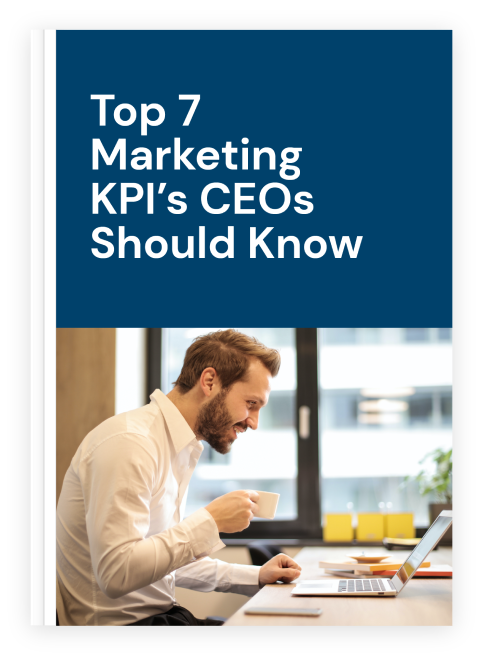
Success might be slipping your grasp right in front of you without you knowing. Learn about readily available data that if used properly can lead to exponential growth.
Download our free report to:
- Stop wondering if your marketing is effective
- Avoid wasting your marketing budget
- Find the source of revenue slowdowns
Take the first step to success and choose a CMO
Schedule a Call
We’ll find out what your goals are and make sure its a good fit.
See Your Marketing Map
Your fractional CMO will create a comprehensive Functional Marketing® Framework map with the insight they glean in the first 30 days working with you.
Execute in 60 days
Your fractional CMO will build and guide your team to execute on the map for the next 60 days. They’ll provide an updated plan and execute every 90 days thereafter.


